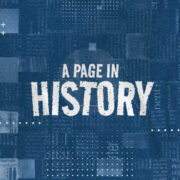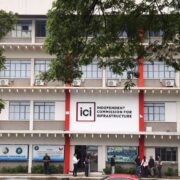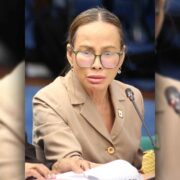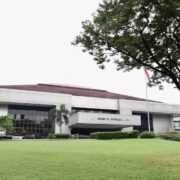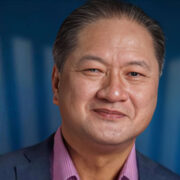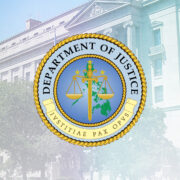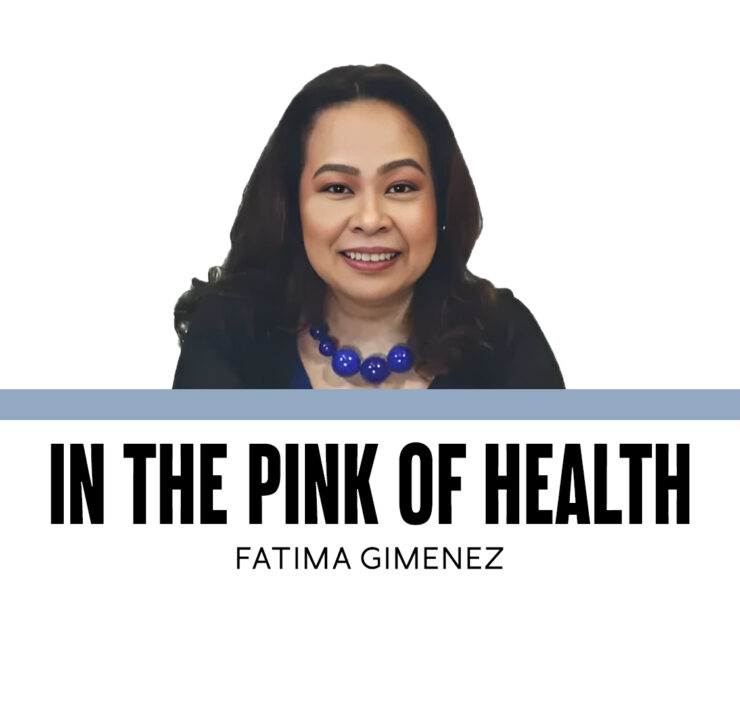That figures

He raised his medals and asked, “Mama, Papa, are you proud of me now?” This statement came in the middle of his valedictory speech. The high school principal and I exchanged a look that meant that we understood why he had chosen to open with lines directed to parents on the dangers of comparing children to one another. I gave him extra points for his honesty and his bravery.
It was with a tinge of guilt that I had gone through that route with a niece and a nephew who are now middle-aged adults. It was never about making them feel less than who they are but to push them to do their best. As a family member, being a part of the village that was raising them with eagle eyes, I failed to realize that they were too young to realize that it was well-intended, and there may have been better ways of communicating unconditional love and support. Thankfully, they have grown into their own and have reassured the family and their strictest aunt that they now have a better understanding of what we all wanted for them. Somewhere along the way, they realized why they had to follow what was written in black and white and this served as their foundation and source of comfort during those times when they were faced with gray areas that made them question their values and their principles.
For any parent or parent figure, bringing up children in this world that is increasingly becoming more complex is a constant balancing act. My mother told me it was easier in the ‘60s because there were fewer distractions. She raised a very good point. Thinking about the problems that parents are now facing with the new generation, will there ever be a middle ground?
Professor Nina T. Castillo-Carandang, a good friend, has kindly allowed me to share some points from her recent plenary lecture. These include some personal thoughts generated from her insightful talk. A social scientist by profession, she identified key areas of concern and possible solutions. Hopefully, this will encourage you, as it did for most of us, to reflect, and more importantly, act on what can still be done, rather than fall deeper into a state of tolerance of what is unacceptable.
It would be too confining to zero in on digital technology as the root cause, but this was the most common underlying factor cited. While it can be beneficial if used correctly, its far-reaching effects cannot be denied. No one was in disagreement when she mentioned how it has profoundly impacted our mental and physical health, threatened our cultural identity, influenced family dynamics and the development of essential social skills, and even created its own set of unique challenges in the field of education.
Allow me to illustrate. Who amongst us is not dependent or guilty of being nearly addicted to our smartphones, feeling dismembered if it isn’t within our reach? How many times have we allowed nonemergency calls to interrupt what could have been perfect moments that should have been savored or taken priority, such as listening to your child talk about his day? Children are highly sensitive to both verbal and nonverbal language. Do we need to wonder why the younger generation prefers their phones or their laptops to our company, or why they choose to lose themselves or seek answers for needed guidance from the world wide web? While there is the existence of reliable sources, their unscreened content still has the capacity to influence the most vulnerable, which could be anyone, but especially dangerous to the very young and the untutored, who think that what they read or hear is Bible truth.
Are there solutions? She presented several possibilities, such as enhancing education for both parents and children on digital literacy, blending traditional values with modern influences, and upholding the importance of family by participating in activities that strengthen bonds and reinforce values. Other suggestions included providing access to mental health resources and fostering open discussions on mental health, as well as offering counseling and support services for children whose parents work overseas. She also encouraged regular face-to-face interactions to help develop social skills and emphasized the importance of engaging in physical exercise and outdoor play.
While there is no single answer or solution to the various problems encountered in the name of perceived progress, there will always be opportunities provided that could help us repair and build on what needs to be preserved. If we desire a better future and a more meaningful existence, we should learn to live by what she advised from the very beginning: “If we want to change the world, we need to be willing to change ourselves and change how we see and understand things.”
Happy Easter, everyone!

